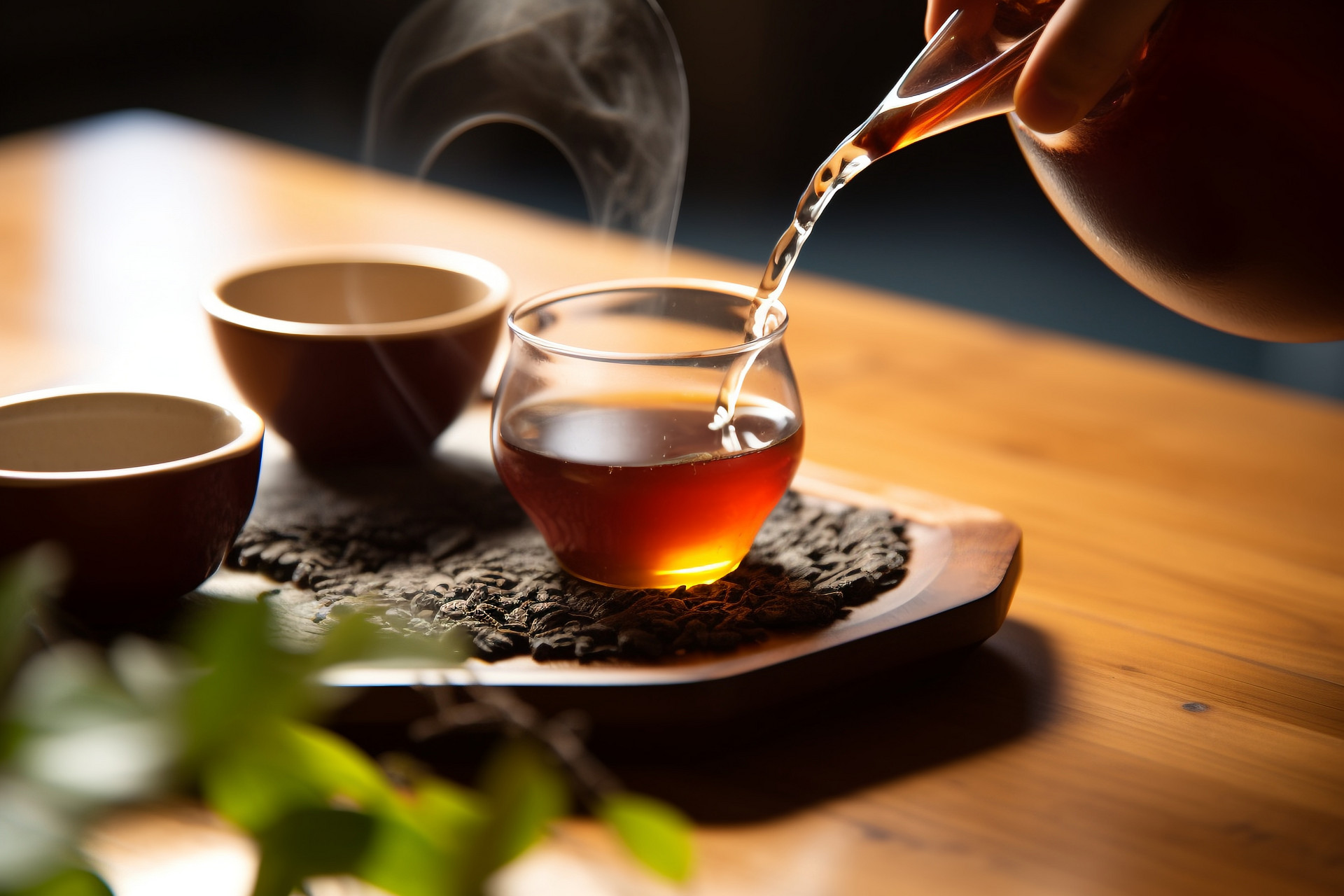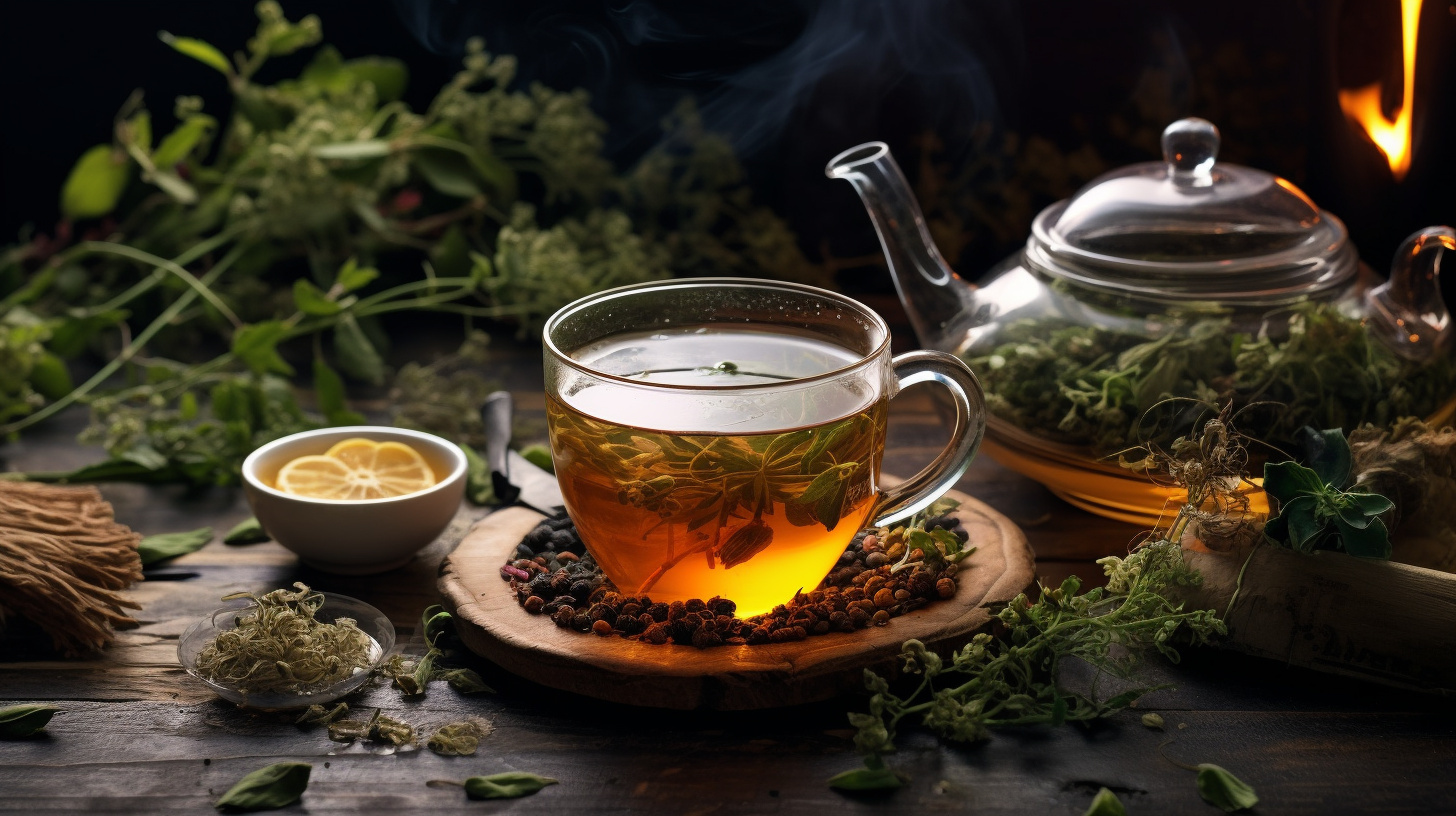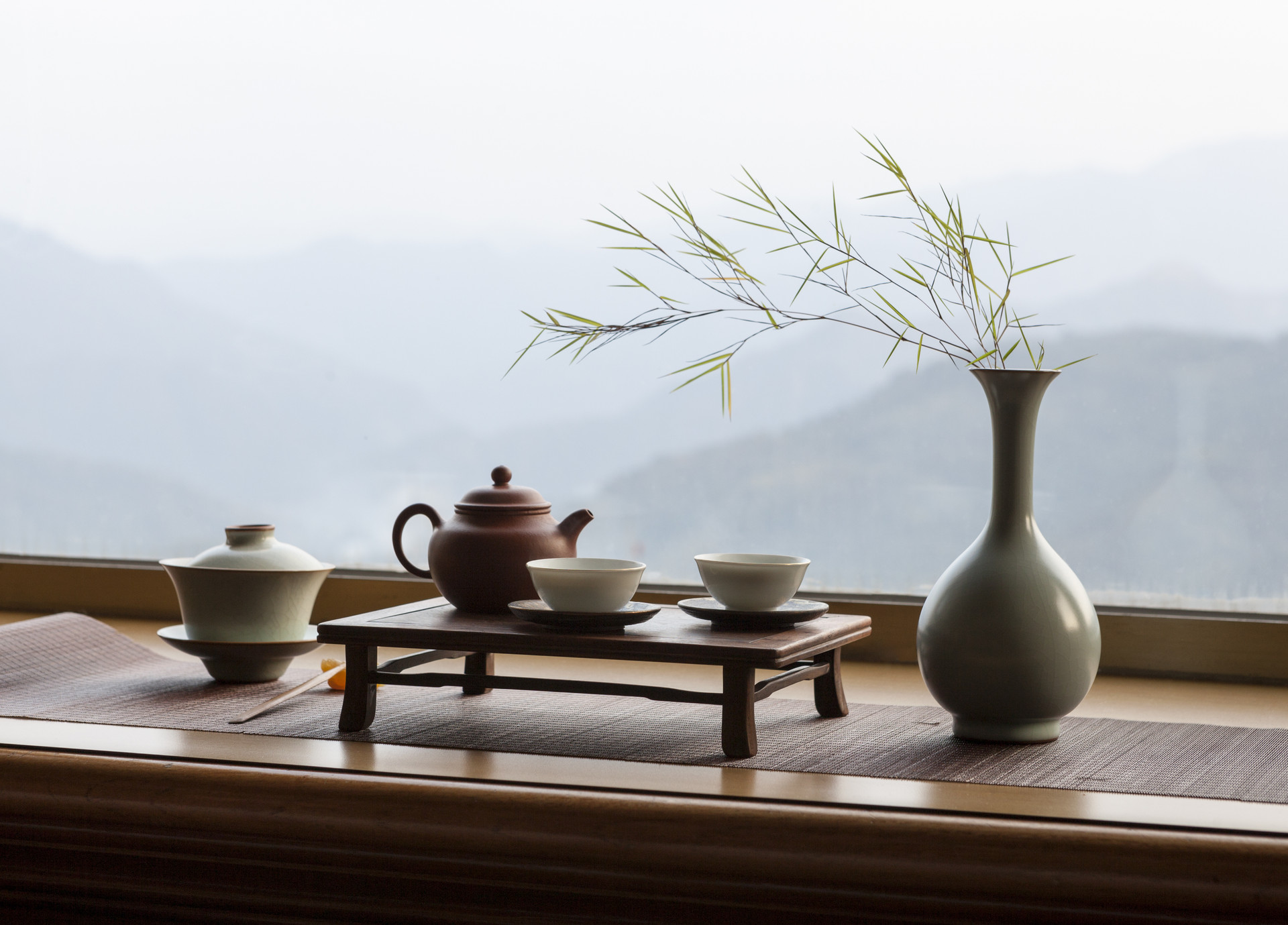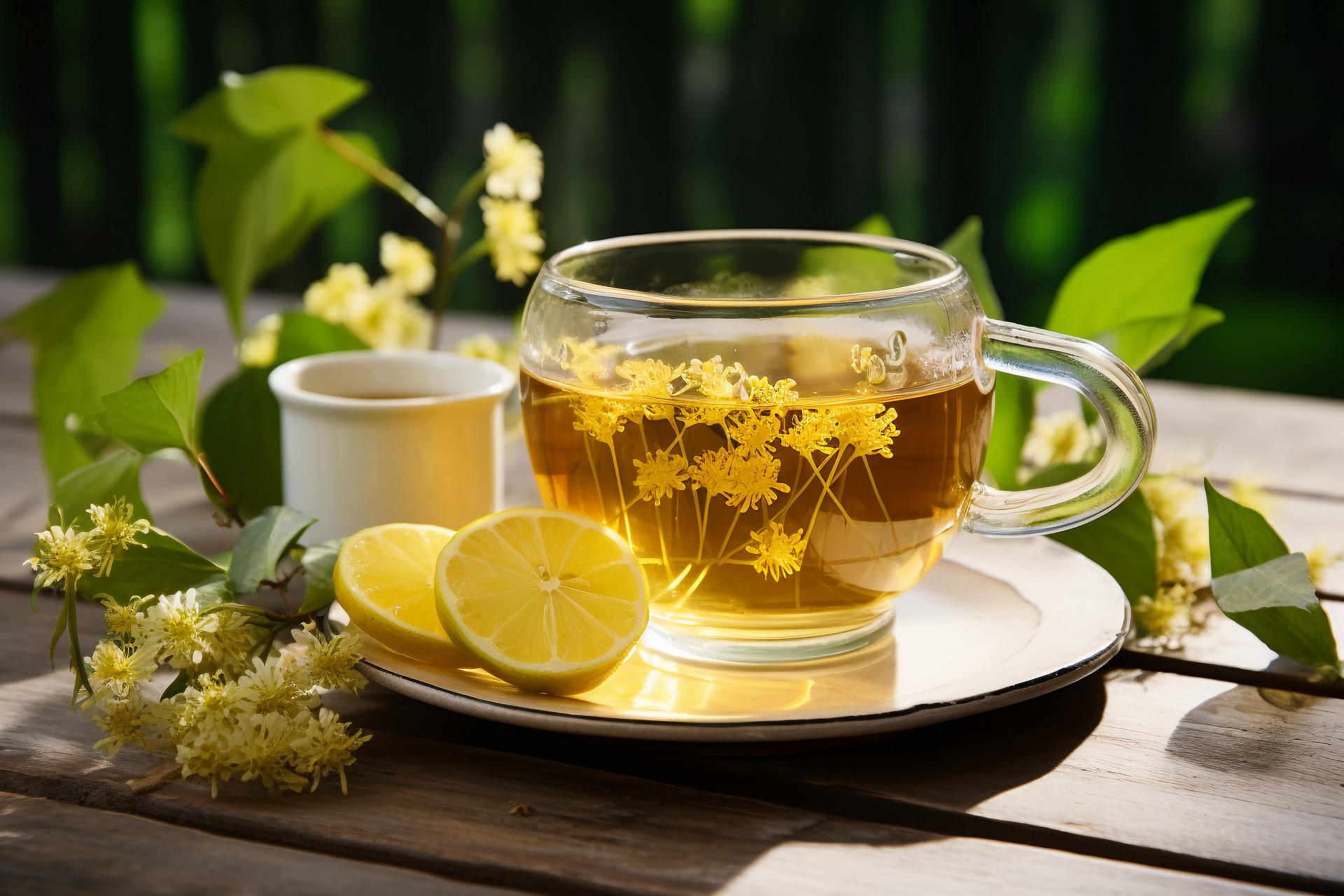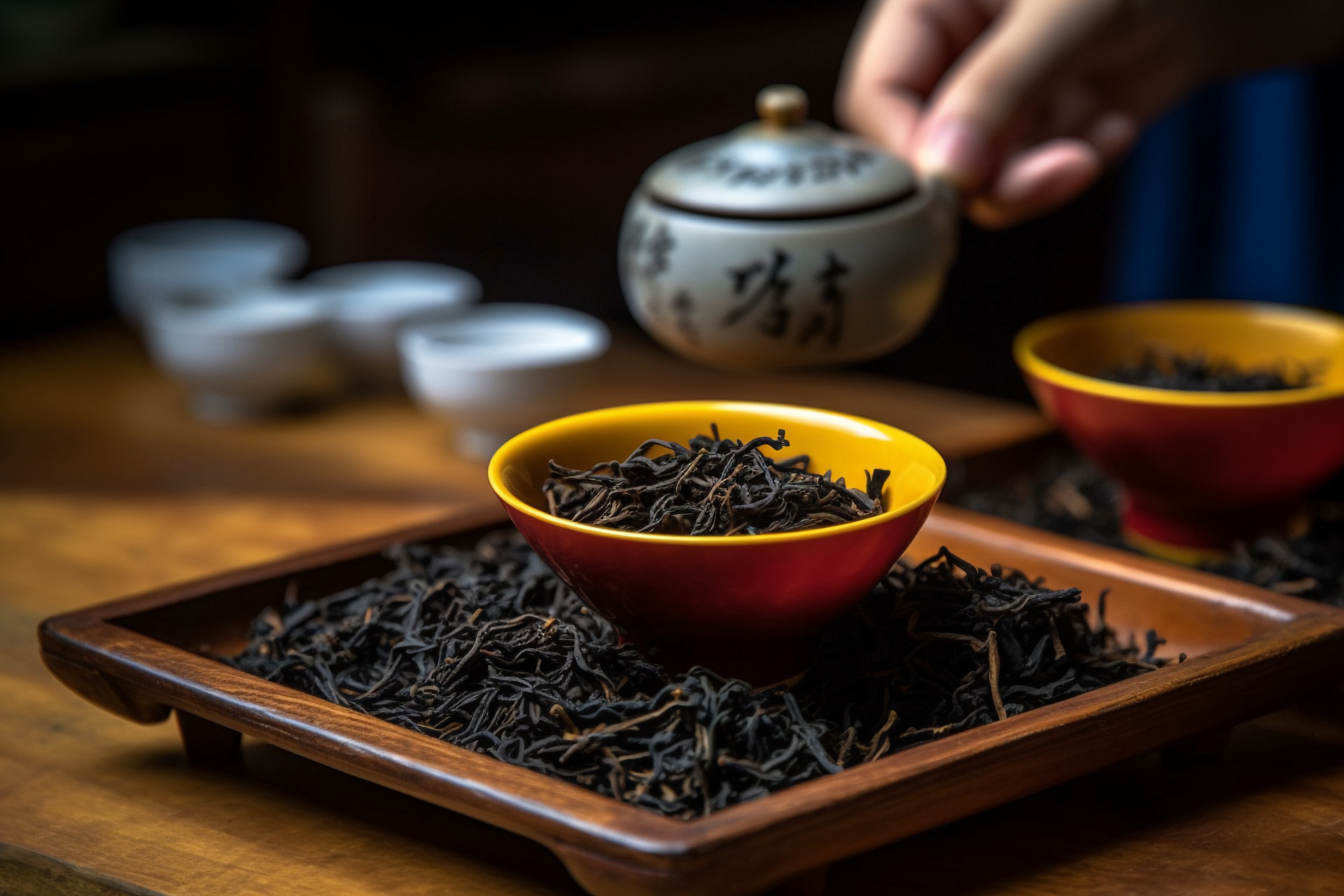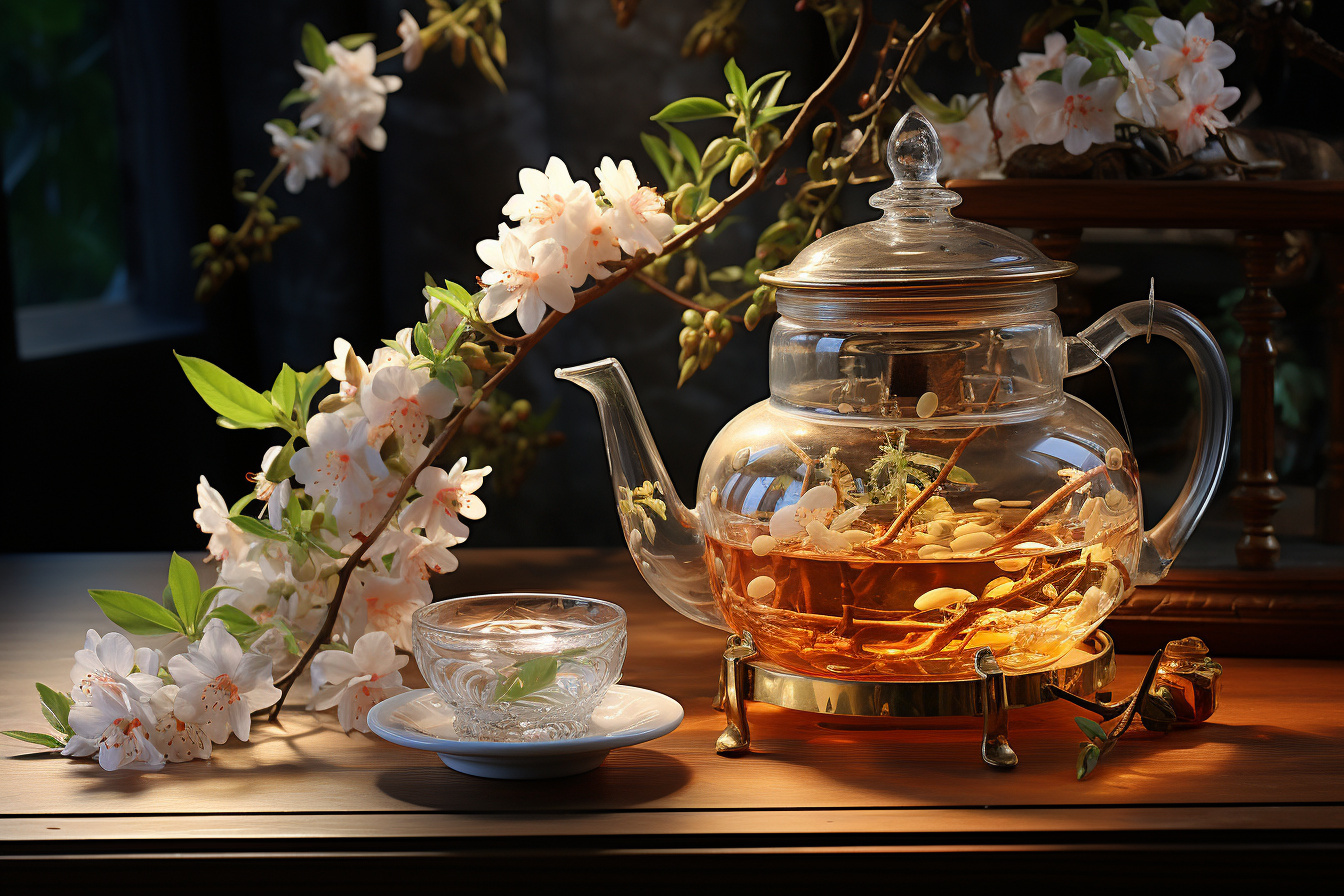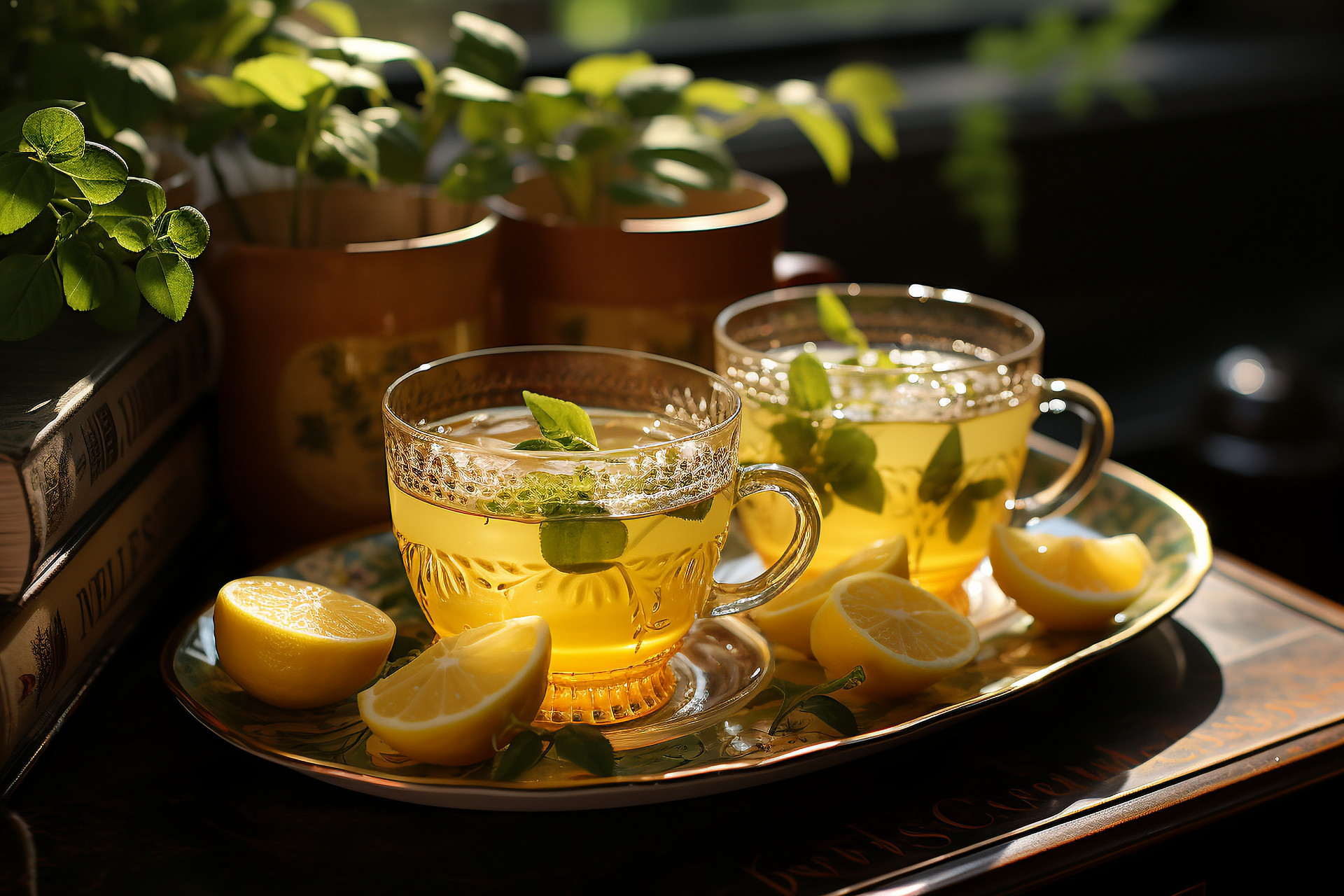High-grade oolong tea must have the unique aroma and taste of the variety. For example, the rock bone flower fragrance of Wuyi rock tea is called "rock rhyme"; the rhyme of Anxi Tieguanyin; and the natural floral fragrance of Phoenix Dancong, etc. Now let's take a closer look at the types of oolong tea.
1. Oolong Tea
Oolong tea, also known as green tea, is a semi-fermented tea. The main producing areas are Fujian, Guangdong, and Taiwan in China. Some well-known oolong teas include Wuyi rock tea, Anxi Tieguanyin, Dongding oolong, Da Hong Pao, and Phoenix Shuixian.
Oolong tea comes in a variety of colors. It is usually named after the tea tree variety or place of origin, including "Anxi Tieguanyin", "Anxi color variety", "Anxi golden osmanthus", "Meizhan", "Maoxie", "Buddha's hand", etc. from the southern Fujian production area; "Minbei Shuixian" and "Minbei oolong" from the northern Fujian production area; "Fenghuang Shuixian" and "Raoping oolong" from the Guangdong production area; "Taiwan oolong" and "Taiwan Baozhong" from the Taiwan production area. The unique qualities and flavors of each variety mainly come from their specific tea tree varieties and places of origin. The processing methods of various oolong teas are similar, and the meticulous craftsmanship is aimed at bringing out the characteristics of the tea tree variety and place of origin.
Quality Characteristics:
Oolong tea has the characteristic of "green leaves with red edges". The appearance of the finished product is tightly rolled, with a green color and a fragrant aroma. It contains natural floral fragrance. The soup is golden or orange-yellow, clear and bright, with a mellow and refreshing taste.
2. Anxi Tieguanyin
Anxi Tieguanyin is one of the top-grade teas of Fujian oolong tea and is known as the "king of tea".
Anxi Tieguanyin is produced in Anxi County, located in the southern mountainous area of Fujian. It has a subtropical climate with abundant and mild rainfall. The mountains and peaks in the area are very suitable for the growth of tea trees, earning it the reputation of "treasury of good tea tree varieties". Anxi is known for its four famous teas, namely Tieguanyin, Huangjin Gui, Maoxie, and Benshan. Among them, Tieguanyin has the best quality.
Anxi Tieguanyin tea is harvested in four seasons.
Spring tea - the best quality, with high fragrance and strong taste, resistant to brewing. It is harvested from Grain Rain to the beginning of summer.
Summer tea - bitter taste, poor aroma. It is harvested from the summer solstice to the minor heat.
Summer heat tea - slightly better in quality than summer tea. It is harvested from the beginning of autumn to the end of heat.
Autumn tea - high fragrance, but thin taste, commonly known as "autumn fragrance". It is harvested from the autumn equinox to the cold dew.
Quality Characteristics:
The appearance is tightly rolled, with a dark green and fresh color, and bright red dots. It has a strong and lasting aroma with natural orchid fragrance. The taste is thick, mellow, and sweet with a golden and bright soup color. The leaves are thick and bright, with a glossy surface. It can withstand multiple brewings and still have fragrance after the seventh brewing.
3. Dongding Oolong
Dongding Oolong is produced in Dongding Mountain in Taiwan, China. The climate here is mild, with clouds and mist all year round. The air humidity is high, and the soil is fertile and deep, providing a good environment for tea production.
Benefits:
Dongding Oolong tea has the functions of improving eyesight, refreshing the mind, diuretic, reducing greasiness, invigorating the stomach, and strengthening the body.
Quality Characteristics:
The appearance is tightly rolled and often curved, with a semi-spherical shape and a green and fresh color with gray-white dots. The dry tea has a strong and mellow fragrance, and the aroma becomes apparent after brewing. The soup is golden and bright. The taste is thick, smooth, and has a strong throat rhyme. The middle part of the leaf bottom is light green, and the leaf edge has a red border.
4. Da Hong Pao
Da Hong Pao grows on the steep cliffs of Jiulongkou in Wuyi Mountain. There is a spring flowing down the cliffs, which never stops throughout the year. The spring water drips into the roots of the tea trees, and the water contains a variety of moss-like plants, which become natural fertilizers for the tea trees. Da Hong Pao tea trees are bushy and have a thousand-year-old history, making them rare treasures. Currently, there are only six trees left on the cliffs of Jiulongkou, which are under first-class protection by the government. They are only harvested in the spring using special equipment. In the 1980s, with the efforts of research institutions, Da Hong Pao was successfully propagated through asexual reproduction and transplanted under similar conditions in the Wuyi Mountain area, achieving widespread cultivation.
Benefits:
Da Hong Pao tea contains a wide range of sugar and mineral components, and has high nutritional value and medicinal effects.
Quality Characteristics:
The appearance is tightly rolled, with a green and fresh color. The taste is fragrant and sweet. The soup is orange-yellow and bright, with green leaves and red edges. The aroma is high and lasts for a long time. It can withstand multiple brewings, and the true taste of the tea can still be felt after multiple brewings.
5. Phoenix Shuixian
Phoenix Shuixian is produced in Fenghuang Mountain, Chao'an County, Guangdong Province. The climate here is warm, with large temperature differences between day and night. Although the rainfall is abundant, the soil is deep and rich in organic matter. The short duration of sunshine and diffuse light make it an ideal place for tea cultivation. Due to the differences in raw material quality and processing finesse, Phoenix Shuixian is divided into three grades: Fenghuang Dancong, Fenghuang Langcai, and Fenghuang Shuixian.
Quality Characteristics: The appearance is plump, the aroma is fragrant, the taste is rich and mellow, and the soup color is light yellow.
There are roughly four types of oolong tea, all of which have high nutritional value and medicinal effects, and are loved by the public!


![[The Risks of Eating Hawthorn During Pregnancy]](https://tcmmaintenance.com/uploads/20240715/97742b67f97f94c495ae1389337c5c41.jpg)
